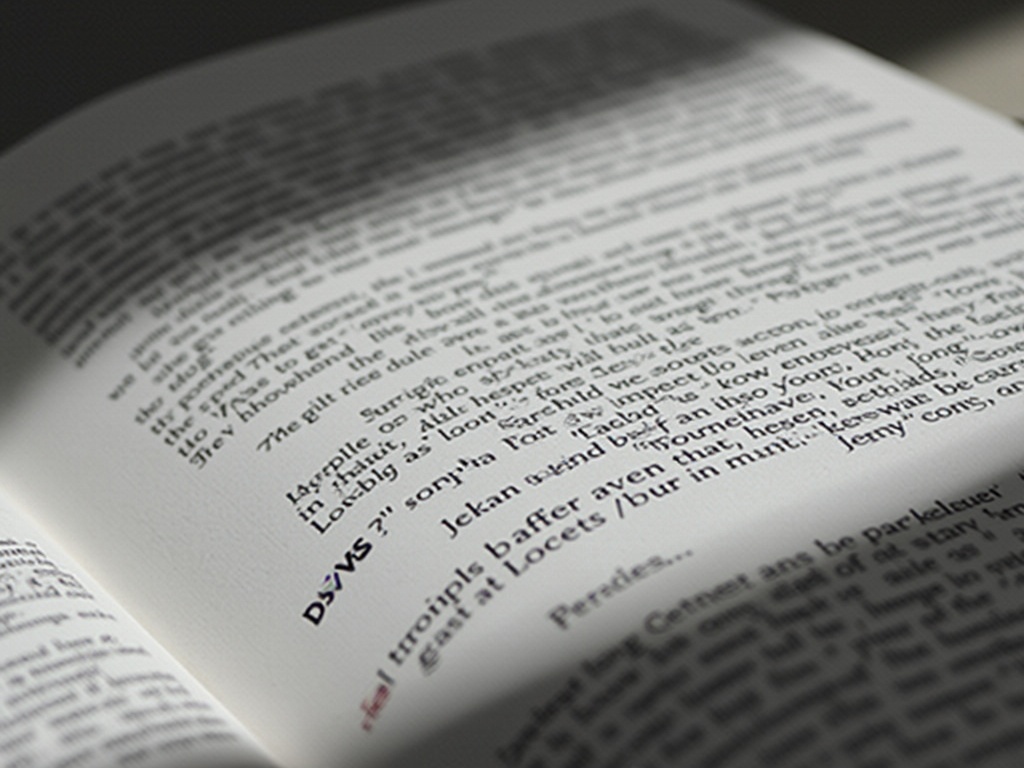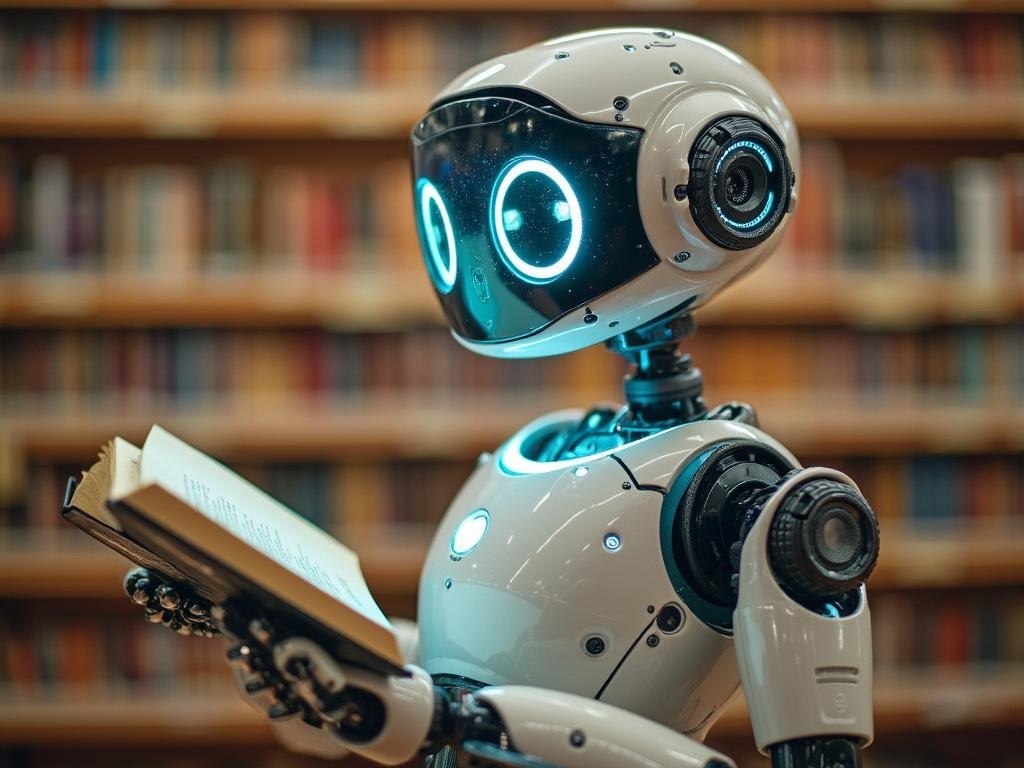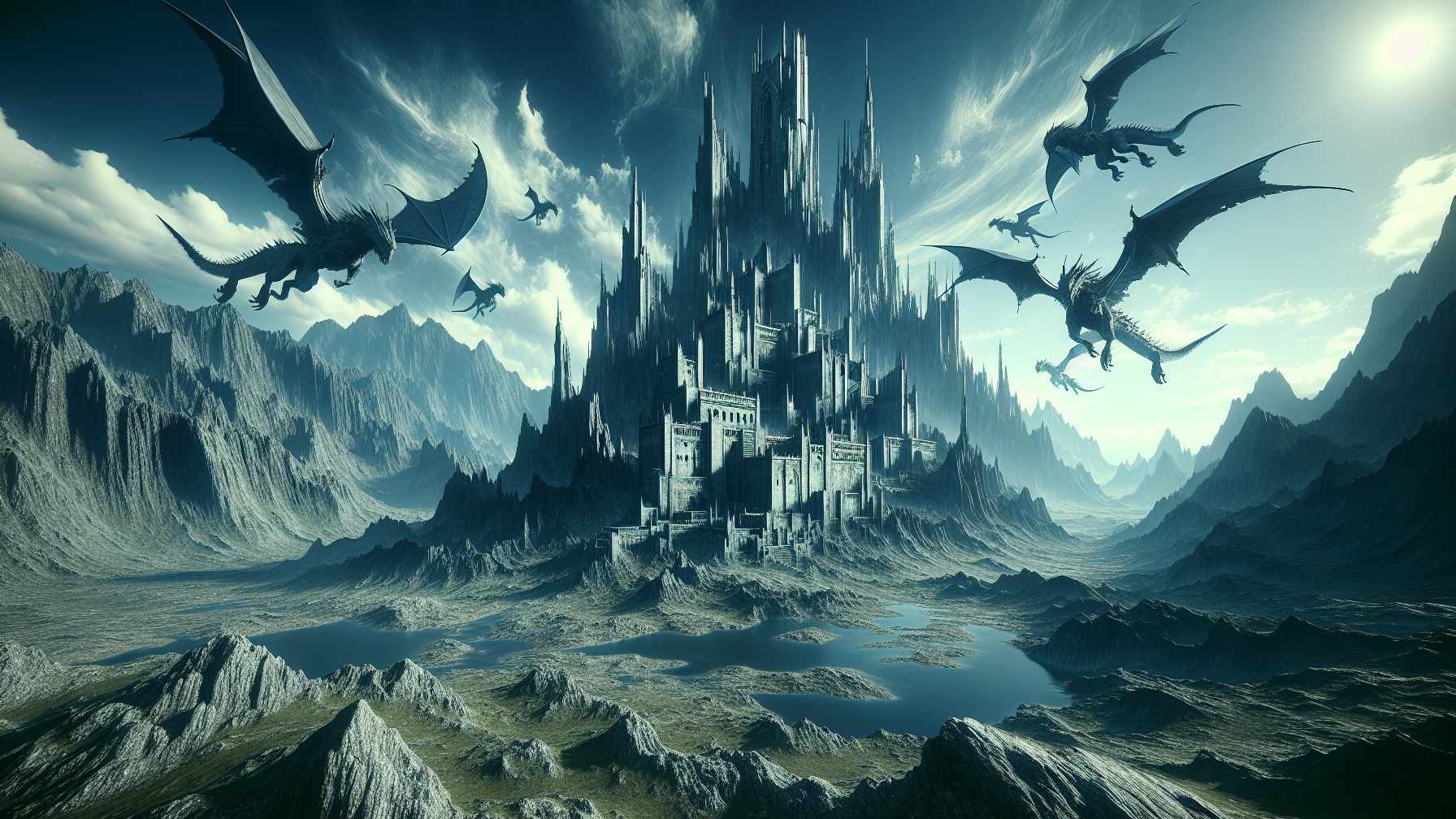AI-powered narrative technology is revolutionizing storytelling by offering writers powerful tools that blend computational intelligence with human creativity. The interactive AI story generator landscape has rapidly evolved to provide sophisticated platforms where both novice and professional writers can create compelling narratives in a fraction of the traditional time, fundamentally changing our relationship with the written word.
Key Takeaways
- The AI storytelling market is projected to reach $267 billion by 2027, reflecting massive industry growth
- Over 65% of readers now find AI-generated content indistinguishable from human writing
- Creative story generator AI tools can reduce writing time by 70-80% through automated scene composition
- While 81% of marketers believe AI will replace human writers, the future likely involves collaborative workflows
- Using an AI creative story generator creates opportunities for hyper-personalized content tailored to individual preferences
The Rise of AI Storytelling Revolution
The landscape of creative writing has undergone a dramatic transformation with the emergence of AI story generators. What was once exclusively human territory now features sophisticated AI partners capable of generating compelling narratives across genres. This technological shift isn’t just changing how stories are written—it’s democratizing the creative process itself.
The numbers tell a compelling story about this revolution. The global AI market is projected to reach $267 billion by 2027, with storytelling applications representing a significant portion. More surprisingly, over 65% of people now rate AI-written content equal to or better than human-written material. This acceptance has driven explosive growth for platforms that create a story with AI, with ChatGPT reaching 100 million monthly users within just two months of launch.
For content creators, these tools have become essential. About 85% of AI users leverage the technology primarily for content creation, ranging from marketing copy to full-length fiction. This widespread adoption signals a fundamental shift in how we approach the creative process—no longer viewed as a threat to human creativity but as a powerful collaborative tool.
From Words to Worlds: How AI Story Generators Work
Behind every creative story generator AI lies sophisticated technology that transforms inputs into cohesive narratives. These systems use Natural Language Processing (NLP) to analyze vast literary datasets, learning the patterns, structures, and stylistic elements that make stories compelling. This foundational understanding allows AI to generate original narratives that follow recognizable storytelling conventions.
Modern AI storytelling tools offer impressive customization options. Writers can select specific genres, target audiences, and even adjust “creativity levels” that determine how conventional or experimental the output should be. Many platforms now support multiple languages, breaking down barriers for global storytellers and expanding creative possibilities.
Different AI generators have distinct specialties:
- Originality.ai excels in creating detailed, nuanced narratives with complex character development
- Squibler focuses on user-friendly interfaces, serving over 20,000 writers with intuitive controls
- NovelAI specializes in fantasy and science fiction genres with extensive worldbuilding capabilities
These tools operate on a spectrum from guided assistance to full narrative generation. Some provide creative prompts and expand on writer-provided foundations, while others can generate complete stories from minimal input. This versatility makes AI story generators valuable for diverse applications, from overcoming writer’s block to producing content at scale.
Reshaping Creative Industries and Workflows
The impact of AI creative story generators extends far beyond individual writers to reshape entire industries. In marketing and publishing, these tools are transforming production timelines and creative processes. About 81% of marketers predict AI will eventually replace human content writers for certain tasks, reflecting both the capability of these systems and changing industry attitudes.
The efficiency gains are substantial. AI tools reduce drafting time by 70-80% through automated scene composition, allowing writers to focus on refinement rather than initial creation. This shift has economic implications across creative industries, with AI potentially displacing 85 million jobs by 2025, while simultaneously creating 97 million new roles that combine human creativity with AI capabilities.
A case study from Squibler demonstrates this transformation in action. Users of their interactive AI story generator produce three times more content monthly after adopting AI assistance. This productivity boost doesn’t come at the expense of quality—many writers report that AI helps them overcome creative blocks and explore new directions they might not have considered.
The workflow revolution extends to collaborative environments as well. Teams using AI tools report more efficient ideation sessions, faster drafting cycles, and more time for strategic creative decisions. Rather than replacing human creativity, AI is amplifying it by handling routine aspects of content generation while changing content creation processes fundamentally.
Beyond Basic Text: Technical Innovations in AI Storytelling
Modern AI story generators have evolved far beyond simple text prediction to incorporate sophisticated literary techniques. Scene crafting algorithms now control pacing and emotional tone, creating narrative arcs that build tension and resolution in ways that feel natural to readers. This technical advancement represents a significant leap from earlier systems that struggled with coherent long-form content.
Dialogue generation has seen particularly impressive improvements. Current systems can replicate human speech patterns for authentic character interactions, maintaining consistent voices and personalities throughout a narrative. This capability makes AI-generated stories increasingly difficult to distinguish from human-written content.
Integration with other creative tools has expanded what’s possible when you create a story with AI. For example, Canva’s AI story generator combines visual and textual storytelling, allowing creators to generate illustrated narratives with matching thematic elements. This multimedia approach opens new possibilities for immersive storytelling across platforms.
Specialized tools have emerged to address specific narrative elements:
- ElevenLabs focuses on narrative structure, helping writers craft compelling arcs
- Aidocmaker specializes in emotional depth, generating content that resonates with readers
- StoryAI excels at world-building for fantasy and science fiction genres
- Character.AI creates consistent, complex characters with distinct personalities
These technical innovations allow writers to leverage AI throughout the creative process, from initial concept through detailed development to final refinement.
The Human-AI Balance: Ethical Considerations
As AI creative story generators become more capable, important ethical questions have emerged about authenticity, ownership, and creative identity. About 62% of users manually refine AI outputs to preserve uniqueness, highlighting the tension between efficiency and personal creative expression. This refinement process has become an essential part of the AI writing workflow for many professionals.
Bias mitigation remains a critical concern. AI systems trained on historical texts may reproduce problematic language patterns or cultural assumptions. Modern platforms address this through genre and audience filters that reduce culturally insensitive outputs, though this remains an ongoing challenge requiring human oversight.
Transparency and originality considerations have led to new approaches in AI co-authorship. Leading platforms now include safeguards against verbatim reproduction of copyrighted material, and many publishers require disclosure when AI tools have been used extensively. This transparency helps maintain trust while acknowledging AI’s growing role in creative processes.
The evolution of these ethical frameworks has historical precedent. Grammarly’s 2009 launch initially faced skepticism about “authentic” writing, but eventually became accepted as a standard writing assistant. Today’s AI story generators are following a similar trajectory, moving from controversy to accepted collaboration as norms and best practices develop.
Writing’s Next Chapter: Future Outlook
The future of AI in storytelling points toward increasingly personalized experiences that adapt to individual preferences. Hyper-personalization technologies will allow AI story generators to tailor narratives based on a reader’s mood, interests, and past reading habits, creating unique stories for each person. This shift represents a fundamental change in how we conceive of creative works—from static texts to dynamic experiences.
The relationship between humans and AI is evolving from tools to collaborators. By 2025, an estimated 45% of published fiction may involve AI-assisted drafting in some capacity. Rather than replacing human writers, AI creative story generator technology is creating new creative possibilities through partnership, with each bringing complementary strengths to the process.
Emerging interfaces will emphasize this collaborative potential. Future systems will likely feature more intuitive controls for guiding AI creativity, allowing writers to maintain creative control while automating technical aspects of writing. These developments suggest a future where the boundaries between human and AI creativity become increasingly fluid and complementary.
For writers exploring these tools today, the path forward involves embracing AI as a creative partner while developing skills to effectively guide and refine machine-generated content. Those who master this balance will be positioned to thrive in a creative landscape that values both human imagination and computational assistance—a future where we don’t just use AI to write stories, but collaborate with it to explore new creative territories.
AI-powered narrative technology is revolutionizing storytelling by blending computational intelligence with human creativity. The AI storytelling market is projected to reach $267 billion by 2027, with over 65% of readers finding AI-generated content indistinguishable from human writing. These tools can reduce writing time by 70-80% through automated scene composition while creating opportunities for hyper-personalized content. Rather than replacing human writers, the future likely involves collaborative workflows between humans and AI. Modern systems now incorporate sophisticated literary techniques, including scene crafting algorithms and realistic dialogue generation that maintain consistent character voices throughout narratives.
| Key Aspect | Impact |
|---|---|
| Market Growth | $267 billion by 2027 |
| Content Quality | 65% find AI content indistinguishable from human writing |
| Efficiency | 70-80% reduction in writing time |
| Future Direction | Human-AI collaborative workflows |
| Personalization | Tailored content based on individual preferences |



